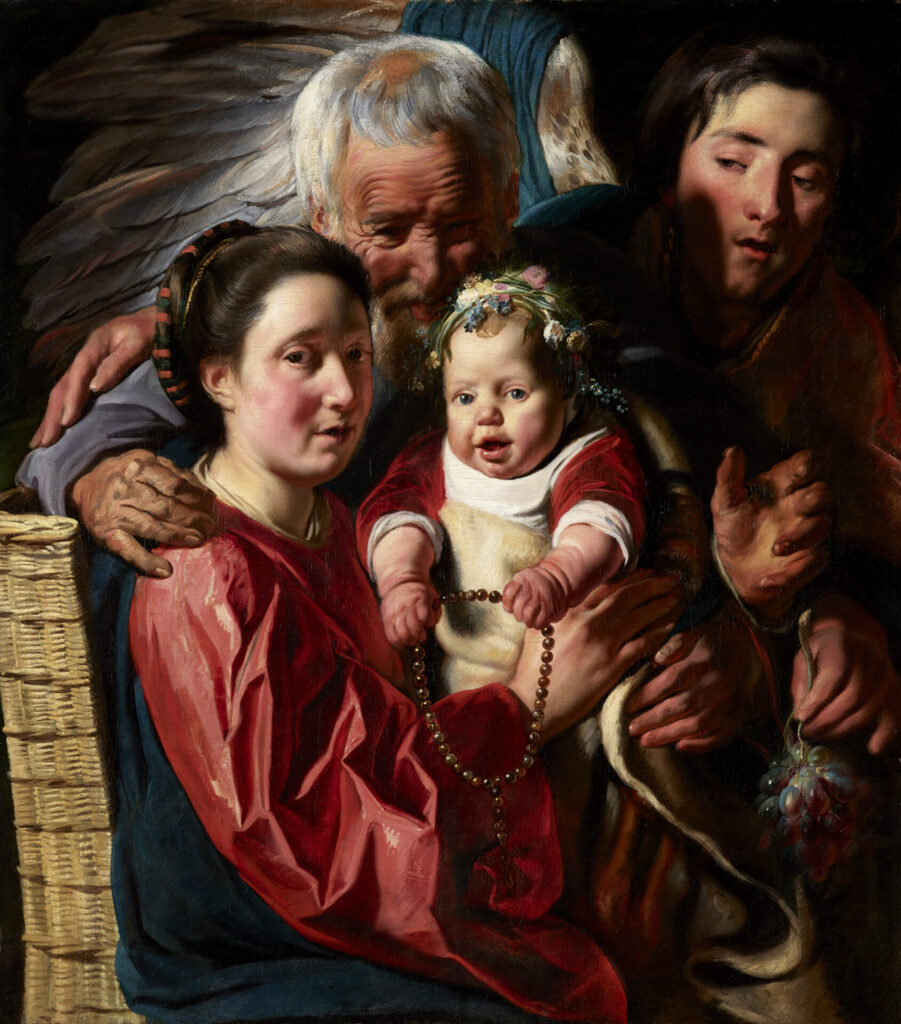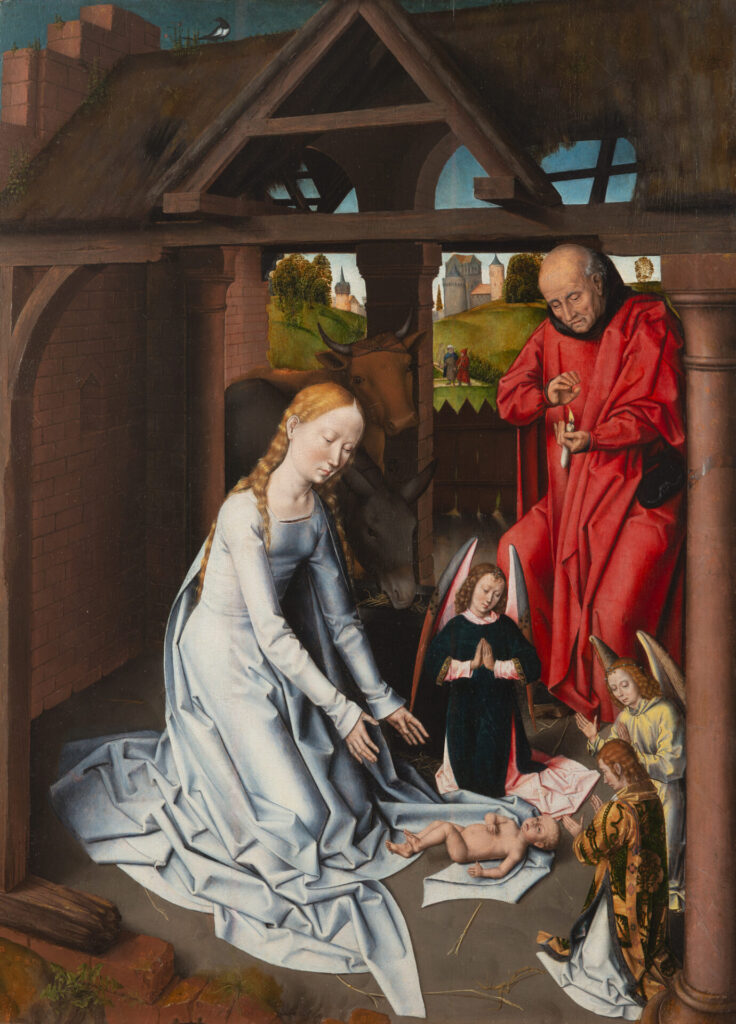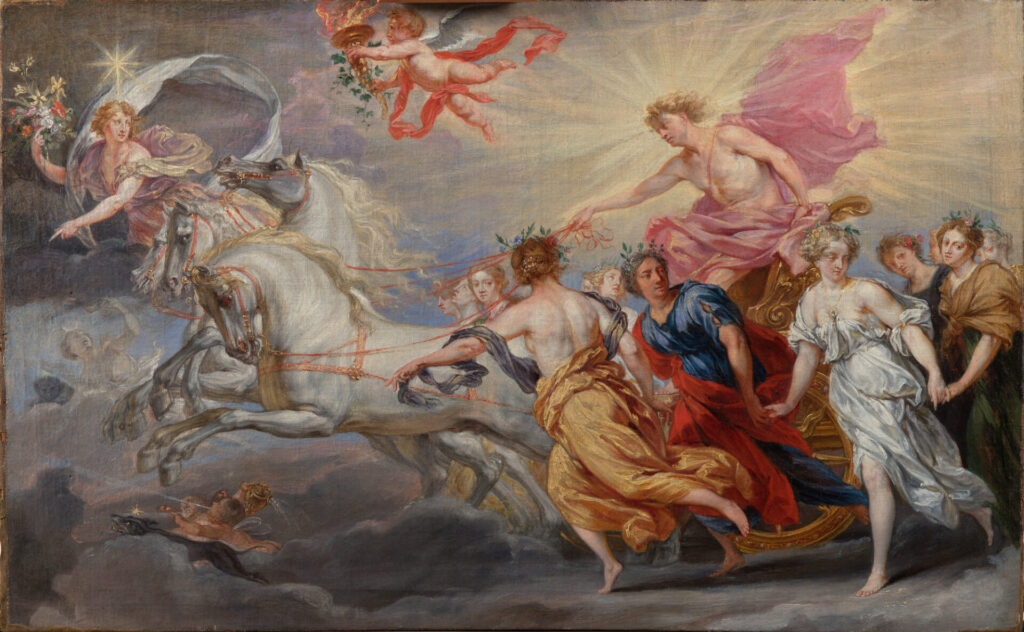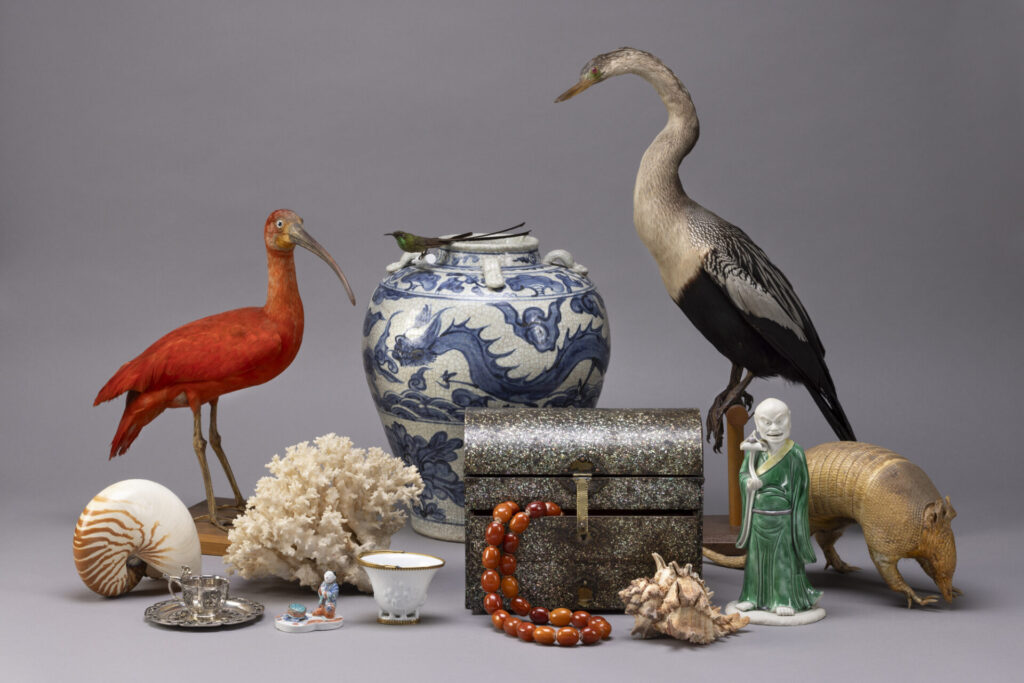Upon entering the gallery of Saints, Sinners, Lovers, Fools, 300 years of Flemish Masterworks at the Peabody Essex Museum, you are awash in color, in conflict, in love. So much was happening in this part of the world at this time: burgeoning globalism, new scientific discoveries, tremendous economic prosperity. And then there was the art…
“It’s a flowering of art and culture—musically, from a literary perspective and certainly from a painting perspective. It’s an incredibly exciting time in Flanders during the 15th to 17th century,” says Karina Corrigan, PEM’s Associate Director of Collections and the H.A. Crosby Forbes Curator of Asian Export Art. Corrigan is coordinating curator of this exhibition, co-organized by the Denver Art Museum and The Phoebus Foundation, a private foundation based in Antwerp, Belgium.


Dutch Masters
You might be familiar with what is referred to as the “Golden Age” by Dutch masters, but this exhibition is about appreciating Flanders and its artists, as well as the extraordinary confluence of increased wealth, knowledge, and patronage of artists and craftsmen. With a rising upper middle class, the average person–not just royalty–began commissioning artists to have their portrait painted. Visitors will take in breathtaking works by big names like Peter Paul Rubens and Anthony Van Dyke, but also by lesser known names, including female artists, a rarity in Flanders at the time. Oil painting was invented and then used widely. Cue the still-life paintings with bowls of fruit you want to sink your teeth into.
“We see the rise of totally new kinds of painting. What began as a little still life in a nativity scene made for a church blossoms into still life paintings. These paintings have no functional purpose other than to be beautiful,” says Corrigan.

Cabinet of Wonders
There are 126 masterworks from The Phoebus Foundation, but there are also wonderful additions of decorative arts and sculpture, some books and manuscripts. The very last section of this large exhibition is a reconstruction of a 17th century wünderkammer or cabinet of wonders, a speciality at PEM. This idea goes back to the museum’s founding, when mariners from the East India Marine Society sought to collect what they called “natural and artificial curiosities” from their voyages beyond the Cape of Good Hope and Cape Horn.
“We wanted this to feel like an abundance, an abundance of wonders,” says Corrigan. “That is very much the same impetus that was happening in Flanders in the 17th century. There was a desire to possess a microcosm of the world in miniature.”

The creation of these wünderkammer is a phenomenon, says Corrigan, which took place all over Europe in the late 16th and early 17th century. A Flemish man wrote a treatise on how to display curiosities in your home that embrace both science and art. Often referred to as “cabinets of curiosities,” these spaces reflected the owner’s wealth and connections, as well as a desire to better understand the world. The concept, though romantic, was linked to larger ambitions that had sometimes devastating global and environmental impacts. “Collecting the globe at home had a darker side about controlling the world by gathering it all within the space of your own control,” says Corrigan.
European collectors sought to gather and organize shells, corals, stuffed specimens of animals, scientific instruments, precious imports from around the globe, and rare antiquities—as objects representative of the known and unknown worlds.
For this exhibition, Corrigan got to go “shopping” for objects in PEM’s collection to fill several large cabinets. In addition to works from The Phoebus Foundation, the cabinets include more than 60 additions from PEM’s collections – glorious Italian bronze sculptures, some early alabaster carvings, 17th century Chinese porcelain, Japanese lacquer and stuffed specimens of animals, including a tiny hummingbird and an eight-foot-tall ostrich.
Like many curators, Corrigan has embarked on her own journey of collecting. “I certainly have always been a collector from very early childhood. I would say what comes closest to a cabinet of curiosities is my small collection of shells and stones from lots of places all over the world. Every time I hold them, they remind me of being on the Zambezi, or in France, or in Gloucester. I would say that is my wünderkammer, a tangible link to experiences that I’ve had in the world.” Saints, Sinners, Lovers, and Fools: 300 Years of Flemish Masterworks is on view through May 4, 2025.

